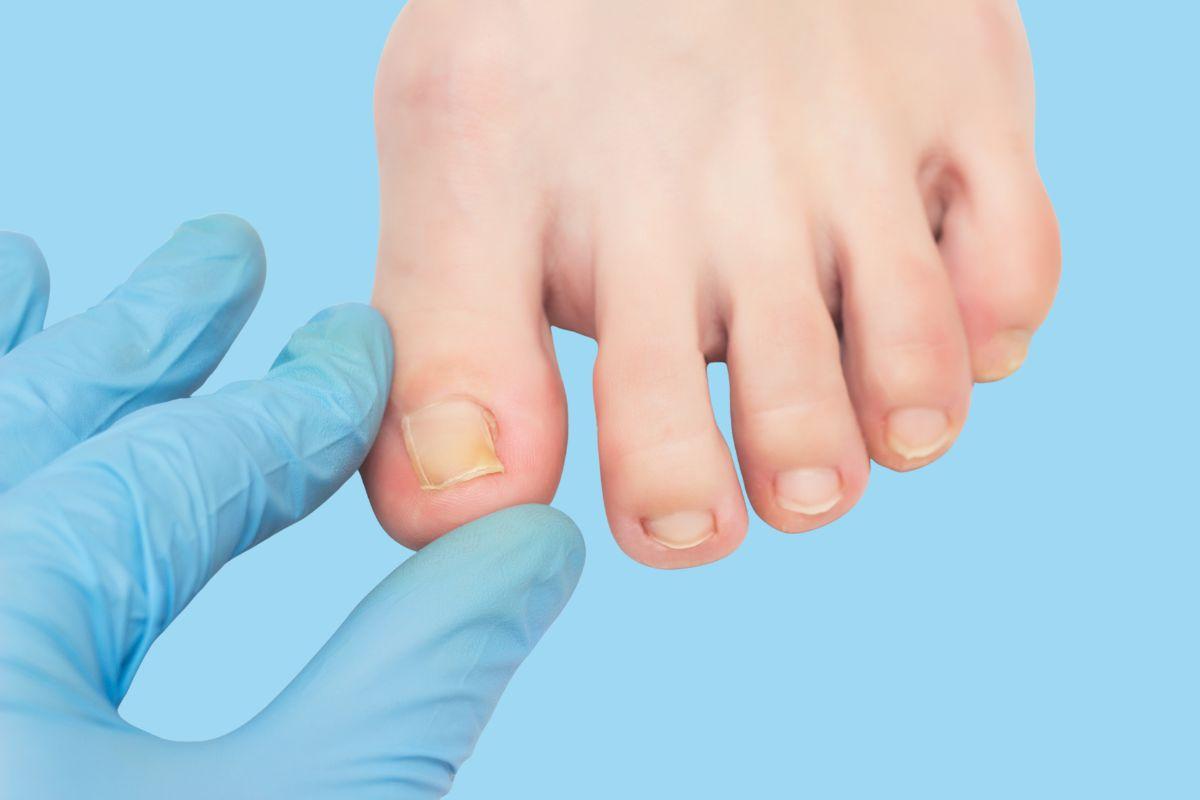Losing a significant amount of weight is an incredible achievement that can transform both your health and your confidence. However, after major weight loss, many people find that loose or excess skin remains, which can make it difficult to feel fully comfortable in their new body.
A body lift can help by removing this excess skin and reshaping the body for a smoother, more toned appearance. While recovery takes time, knowing what to expect before and after surgery can help you prepare and heal safely.
Doctify connects patients with verified plastic surgeons who specialise in post-weight-loss contouring surgery and can create a personalised plan to match your goals and body type.
What is a body lift?
A body lift is a surgical procedure designed to remove excess skin and fat while tightening the underlying tissues. It is often performed after dramatic weight loss, including bariatric surgery, to restore natural contours and improve comfort.
Common areas treated include:
- The abdomen or tummy area
- Thighs and buttocks
- Flanks or lower back
Every procedure is tailored to the individual. Some people may have a lower body lift focusing on the waist, hips, and thighs, while others may combine it with an arm lift or breast lift for more comprehensive results.
The benefits of a body lift
A body lift can have both physical and emotional benefits. These include:
- Improved body contour and self-confidence
- Reduction in skin irritation, rashes, or infections caused by hanging skin
- Better fit for clothing and improved mobility
- Enhanced comfort in daily activities and exercise
Many patients describe feeling more confident, active, and free after their recovery.
What happens during surgery
The procedure is performed under general anaesthesia and typically takes several hours, depending on the areas being treated. The surgeon carefully removes excess skin, repositions tissue, and tightens muscles when necessary to achieve a balanced shape.
Incisions are made strategically along natural body lines or folds to minimise visible scarring. In some cases, combined procedures such as arm lifts or breast contouring are completed in separate stages to ensure safety and optimal healing.
Recovery timeline
Week 1 to 2: Rest and Care
Swelling, bruising, and tightness around the surgical sites are expected. Drain tubes may be placed temporarily to prevent fluid buildup. Short, gentle walks help promote circulation and reduce the risk of blood clots.
Week 3 to 6: Gradual Return to Activity
Light activities can usually resume after two to three weeks. Heavy lifting and strenuous exercise should be avoided until cleared by your surgeon. Compression garments are often worn during this period to help control swelling and support healing.
Month 2 to 3 and Beyond
Bruising fades and swelling gradually subsides. Scars begin to soften and lighten in colour over time. By this stage, most patients start noticing the final shape and improved contours of their body.
Caring for your incisions and scars
Proper wound care is essential for good healing. Keep your incisions clean and dry, and use any prescribed ointments or silicone gels to improve scar appearance. Protect your scars from the sun to prevent darkening, and attend all follow-up appointments for progress monitoring and wound checks.
Managing pain and discomfort
Mild to moderate pain is common after surgery but can be managed with prescribed medication. Swelling, numbness, and tightness are also normal during the early recovery stages. Cold compresses and wearing compression garments as instructed will help reduce discomfort and support healing.
Maintaining your results
To maintain your results long-term:
- Follow a balanced diet and regular exercise routine to keep your weight stable
- Avoid significant weight fluctuations, which can affect results
- Stop smoking and limit alcohol intake, as both can slow healing and impact scar recovery
- Be patient, as scars will fade gradually and become less noticeable over time
Risks and Considerations
All major surgeries carry some level of risk. Potential complications of a body lift may include bleeding, infection, delayed wound healing, or changes in skin sensation. Choosing a qualified and experienced plastic surgeon greatly reduces these risks.
It is also important to prepare emotionally and have good post-surgical support, as recovery can be physically demanding in the first few weeks.
When to See a Specialist
You may be a good candidate for a body lift if you have lost a significant amount of weight and are struggling with loose, hanging skin that affects comfort, hygiene, or movement. It is also recommended if you experience recurrent rashes, chafing, or difficulty finding clothes that fit comfortably.
Book a consultation through Doctify to find a verified plastic surgeon who can evaluate your goals, explain safe treatment options, and guide you through the preparation and recovery process.
Conclusion
A body lift after weight loss can be life-changing, helping you feel more comfortable and confident in your body. Although recovery takes several weeks, the results are long-lasting when supported by healthy lifestyle habits and consistent follow-up care.
If you are ready to take the next step in your transformation, find a trusted plastic surgeon on Doctify to begin your journey toward smoother, more confident contours.
Find the right specialist for you. Doctify uses verified reviews so you can make the best decision for your healthcare.

Find the best plastic surgeons in the United Kingdom, or search for trusted experts globally:
- Plastic surgeons in Ireland
- Plastic surgeons in Australia
- Plastic surgeons in the United Arab Emirates
- Plastic surgeons in Germany
Medically Reviewed
Last reviewed on 10/11/2025




